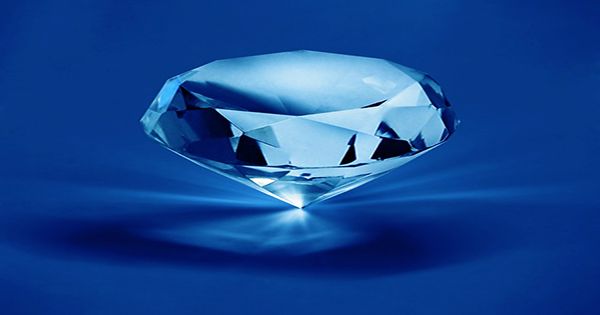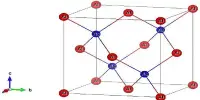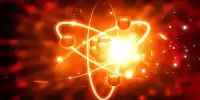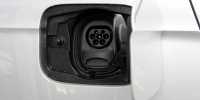Since many of society’s transistors are dependent on our electronics, we face quite a challenge when they break down. Existing transistors are prone to radiation and heat, inspiring the search for more stable alternatives to sending into orbit. One team thinks that diamonds are famous for their durability, can provide answers to this, and has created a thin transistor layer in the diamond layer.
Dr. Zongyou Yin of the Australian National University said in a statement, “Diamond is a suitable material for use in transistors that, in terms of efficiency and durability, need to deal with cosmic ray bombs in space or extreme heat in a car engine.”
Transistors control the currents in electrical circuits using triple-stacked layers of semiconductors alternately with electronic donors (N-type) and receivers (P-type). Existing transistors are made from silicon carbide and gallium nitride but do not work well in both radioactive and high-temperature environments.
Yin modified commercially available synthetic diamonds so that they would act as layers and accumulate a single atomic layer of hydrogen at the top. On top of that, he added a thin layer of molybdenum oxide (MoO3), doped with hydrogen atoms. Diamonds can be very hard but it will do some good if the deposit layers prove to be unstable. Yin told IFLScience that diamonds dissipate heat and protect the upper layers. Moreover, he added, hydrogen doping creates greater stability than molybdenum oxide alone.
In addition to the durability of its devices, Yin added that they are also very small and light, an advantage in many situations, especially for something that needs to be sent into space. Diamonds can be expensive even for synthetics but they should be affordable at the smallest production cost. Yin has published his work on scientific progress but acknowledged that it is only at the stage of principle-proofing. He told IFLScience that he was interested in producing his own diamonds as part of the process of bringing transistors to the point where they could be produced for industrial application.
Yin did not make the first experiments with diamond transistors. The diamond surfaces in the hydrogen cover coating have attracted interest for over 20 years by behaving as P-type semiconductors and inspired the addition of N-type layers to make transistors, but previous attempts proved unstable at higher temperatures. The paper also expressed confidence that the surface of the expanded material, which acts as an “extreme semiconductor”, could be used as a layer for transition-metal oxides. Potential applications include the destruction of better solar cells, sensitive devices, and toxic chemicals.
















